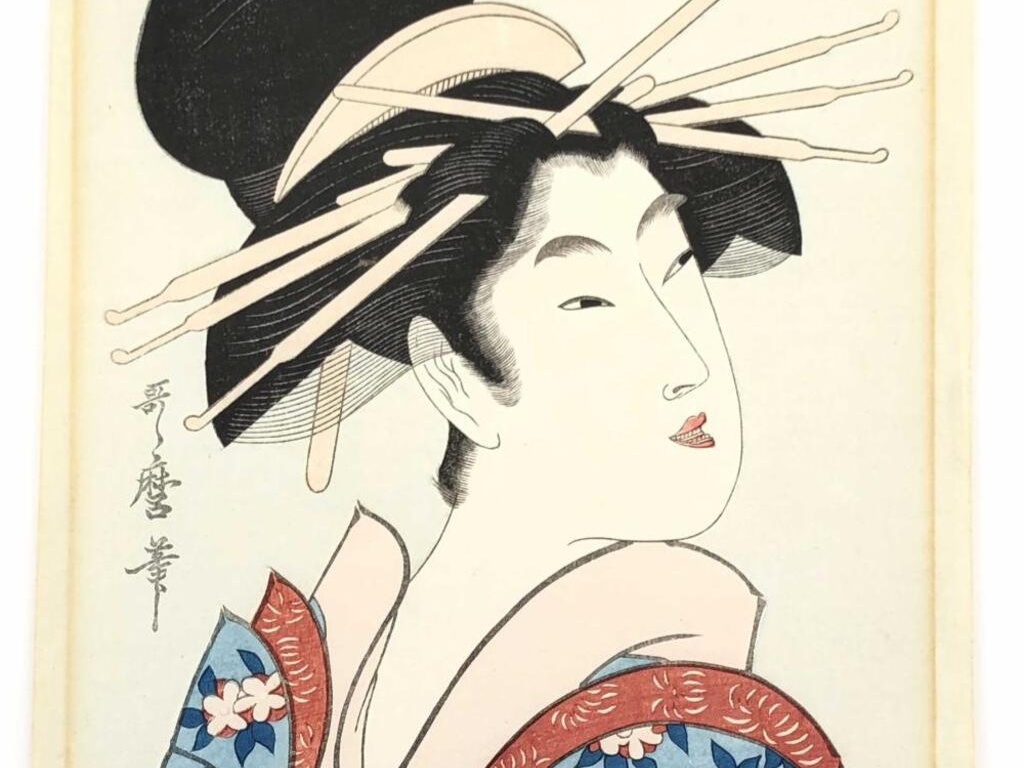The first geisha was a man! Can you believe it?
The first geisha was a man. This phrase may shock many, as the geisha has become a symbol of feminine beauty and mysterious and refined femininity. However, the reality is much more complex and interesting than one might imagine.
The geisha story is immersed in a wealth of cultural and historical contexts that form the basis of Japanese tradition and culture. And as with many stories, the beginning of geisha is not a simple line, but a complex and multi-dimensional world.
Man of the artifice
Many of us have an image of the geisha as the woman who provides entertainment through dancing, singing and the art of geiko. The word "geisha" has the meaning of "artist" or "man of the art", but the first geisha was not a woman. She was a man.
The story dates back to the 13th century, during the Kamakura period in Japan. The men, known as "hōkan" (palaces) or "hōkan-san" (the nobles), were the first geisha. These men were refined artists who performed music, dance, and various art forms in courtyards and palaces.
The path of these men as geisha was extremely demanding and difficult. Extensive training in music, the art of dance and artistic presentation was required. The hōkan were essentially resourceful performers of art, dedicated to creating an atmosphere of aesthetics and beauty through their performances.
While the course of geisha began with these men, over time it changed radically. Women took over the role of the geisha and established a new way of life and art. Conductors began to focus on them, giving them space and support to develop their talent.
Along with the development of geisha as an institution, a whole culture has emerged around it. Geishas became symbols of Japanese culture, with a rich history and an ever-evolving presence in the country's culture.
From the hokan to the geishas
Today, the geisha is still a symbol of Japanese tradition and a source of inspiration for fashion, art and culture worldwide. From the original hōkan to the women who later took on the role, the geisha remains a symbol of authenticity, freedom and daring.
The first geisha was a man, and this is why it is a challenge to look beyond stereotypes and discover the rich and diverse history behind one of the world's most mysterious and enchanting art forms and traditions.
The geishas today in Japan
Today, geisha remains an important element of Japanese culture, maintaining a highly visible presence. Geisha continue to be representative of elegance, heritage and spirituality in Japanese society. While the original role of geishas as artists and performers has evolved, their importance in preserving tradition and aesthetics is undeniable.
Geisha is also prominent today in the tourism sector, where many visitors seek the authentic experience of Japanese culture through meeting traditional geisha. Besides, geisha continue to be a source of inspiration for fashion, art and entertainment, maintaining their glamour and value in a modern world. Despite changes in society, geishas continue to represent a culture that honors the balance between tradition and modern evolution.
Geisha symbols of Japanese culture and tradition
Ichimaru: One of the most famous geishas of the 20th century, singer and actress, known for her unique voice and her stunning stage presence.
Katsuyo Kobayashi: A distinguished geisha and dancer who has collaborated with various musical groups and has contributed to the geisha tradition with her performances.
Fukusuke: One of the most successful and recognizable geishas in the world of classical music, known for her amazing dancing ability and artistry.
Hokushō Kitanoumi: A well-known artist and comedian who has influenced the world of comedy and art in Japan.
Utaemon Nakamura VI: One of the most distinctive and influential geishas in the world of theatre and classical tradition.
Read in our previous article about Mineko Iwasaki, a legendary geisha!
Inspiration from the First Geisha - Unique Products with Historical Root
Discover products inspired by the amazing story of the first geisha, who was a man. Our creations combine the tradition and aesthetics of this unique art form, bringing the charm and heritage of the geisha into modern fashion. Wear the story and feel the magic of this rich culture with every piece you choose.
